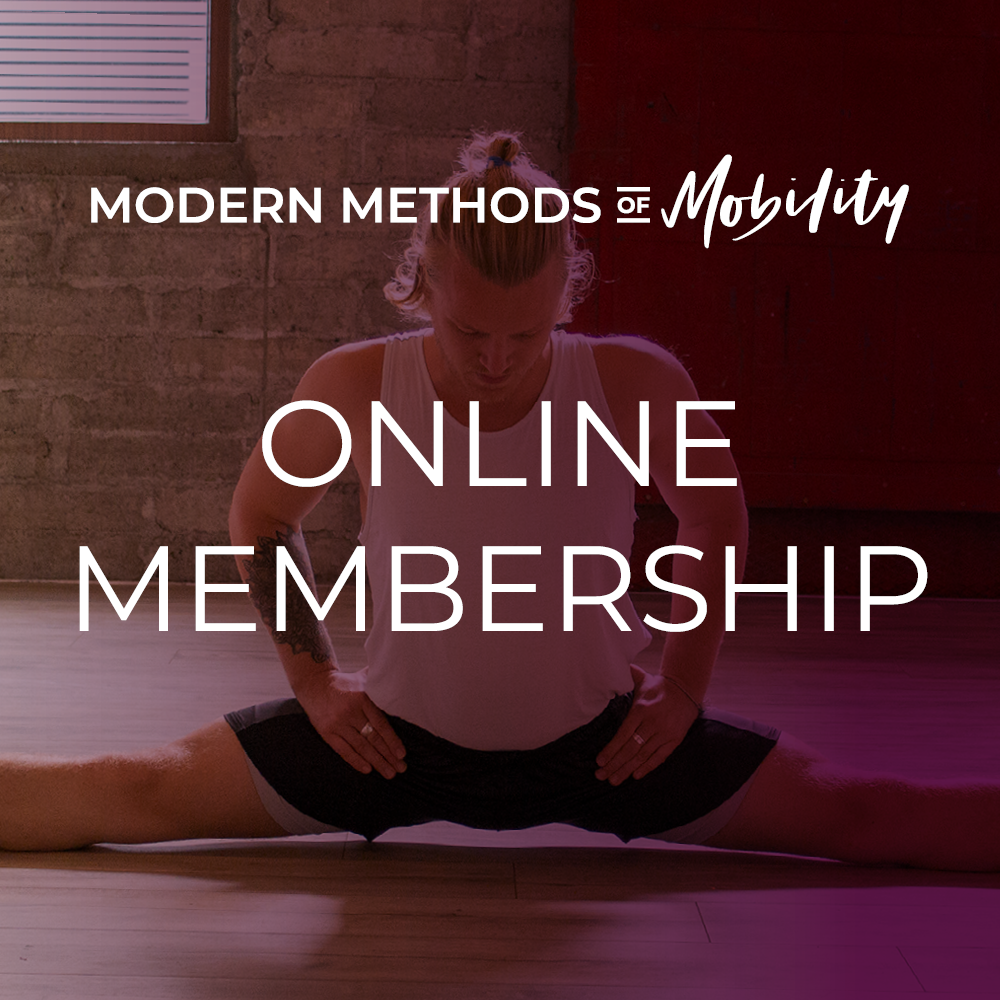A topic that’s brought up often is: What can be done on “off-days” to increase and improve the rate of flexibility development?
Firstly, it’s important to define what we consider an “on-day” and an “off-day” within the context of the M3 training. The “On” days are the days that programming is provided for; the exercises prescribe provide a specific stimulus to the body which, for a myriad of reasons, promotes flexibility development. For a small percentage of people this produces instant and significant flexibility gains, but for most these movements need to be repeated over a longer period for the stimulus to be effective. When done properly the “on” day training is typically very intense, both physically and mentally, and requires a period of rest to ensure that you are recovered and adapted.
The perfect “off” day training would provide minimal physical or mental demands while aiming to promote maximal assimilation of the ranges that you’re training on “on” days. Sadly, this is impossible; all physical training has a fatigue load that has to be managed, so what becomes important is finding the load that you can manage that doesn’t negatively affect recovery. It’s a fine line to walk and is always moving, you’ll find that week to week, month to month, your capacity to manage load and recover well will vary and you’ll have to look for warning signs in your body that you’re approaching overtraining. (more on that in a future article)

A central aspect to flexibility training that seems to allow for faster and more lasting range development is that you have a movement practice outside of the flexibility work that integrates that range. For most, flexibility should be a means to an end, though there is nothing wrong for training flexibility for flexibility sake. If you’re doing flexibility training to improve your handstands, to move better in contemporary dance, deepen your bottom position in the snatch or improve hip extension while running, you will typically find that flexibility comes easier, as you’re placing these adaption demands on your body more frequently than if you were only training flexibility for its own sake. If you don’t have a practice or lifestyle that effectively integrates these ranges you may find that your progress slows or potentially stalls.
So what does this mean? This means that if you’re not naturally providing the stimulus to the body to enter these end ranges naturally in your training then you’re going to have to artificially create that stimulus. This could mean that you do a longer joint rotation sequence on your off days, really working to the max range possible that day. Or that you apply a grease-the-groove approach to the positions that you want to develop quickly: Say that you want to develop shoulder flexion and you have a pull-up bar in your house, then every time you pass by the bar you do a short passive hang followed by you actively reaching into shoulder flexion. You could also end each day with a relaxed sequence of stretches, making sure that you’re not actively pushing beyond but instead just working within the range that’s comfortable for you that day. What’s important is that you find ways to tell your body that you need these ranges that you’re trying to develop without creating excessive fatigue in your body and reducing your recovery capacity.
If you have any further questions then leave them below and we’ll be happy to answer them, or share if you’ve found any approaches that you use on your off-day training.


